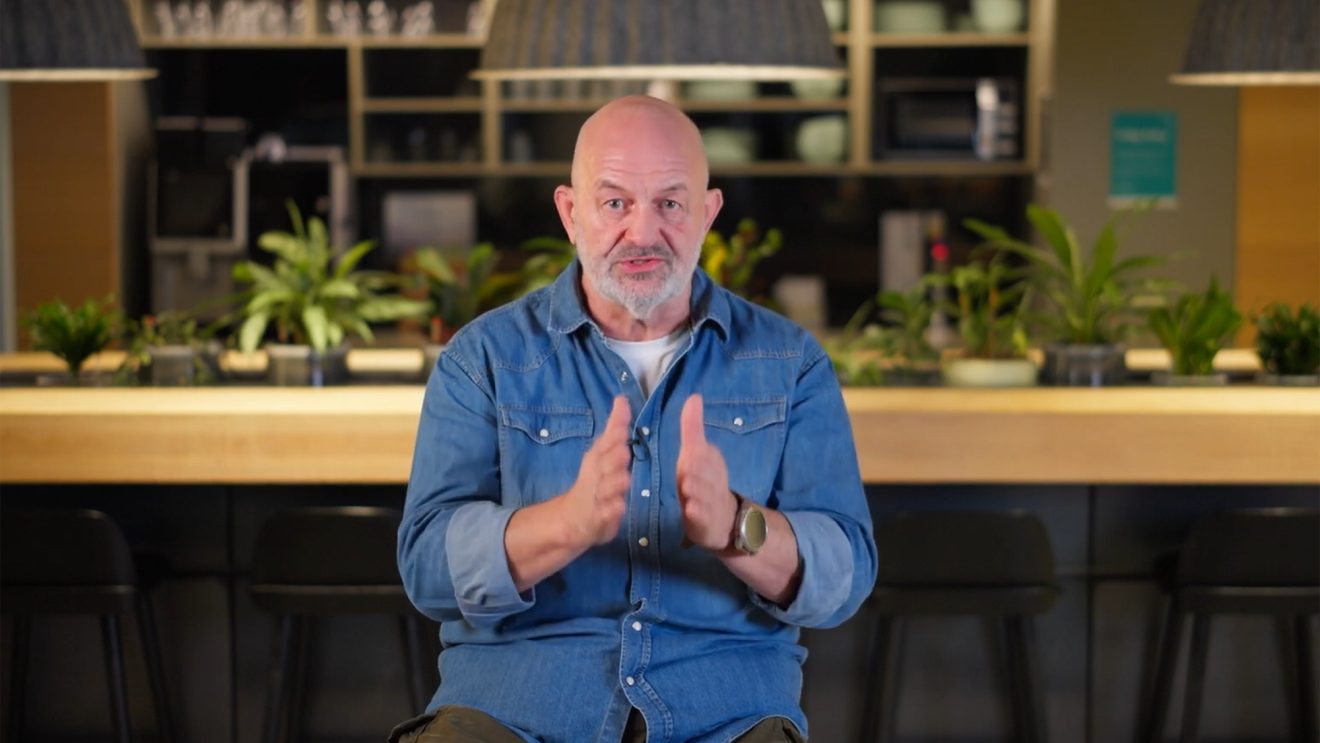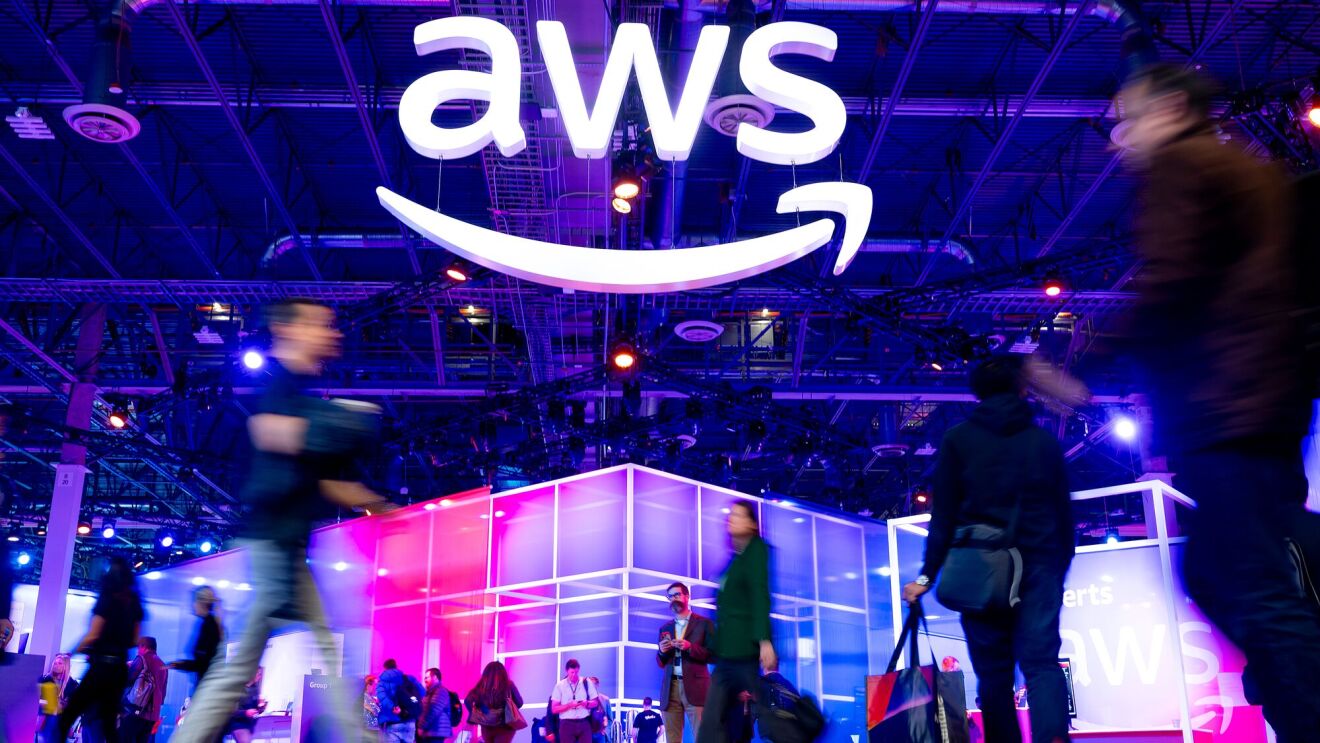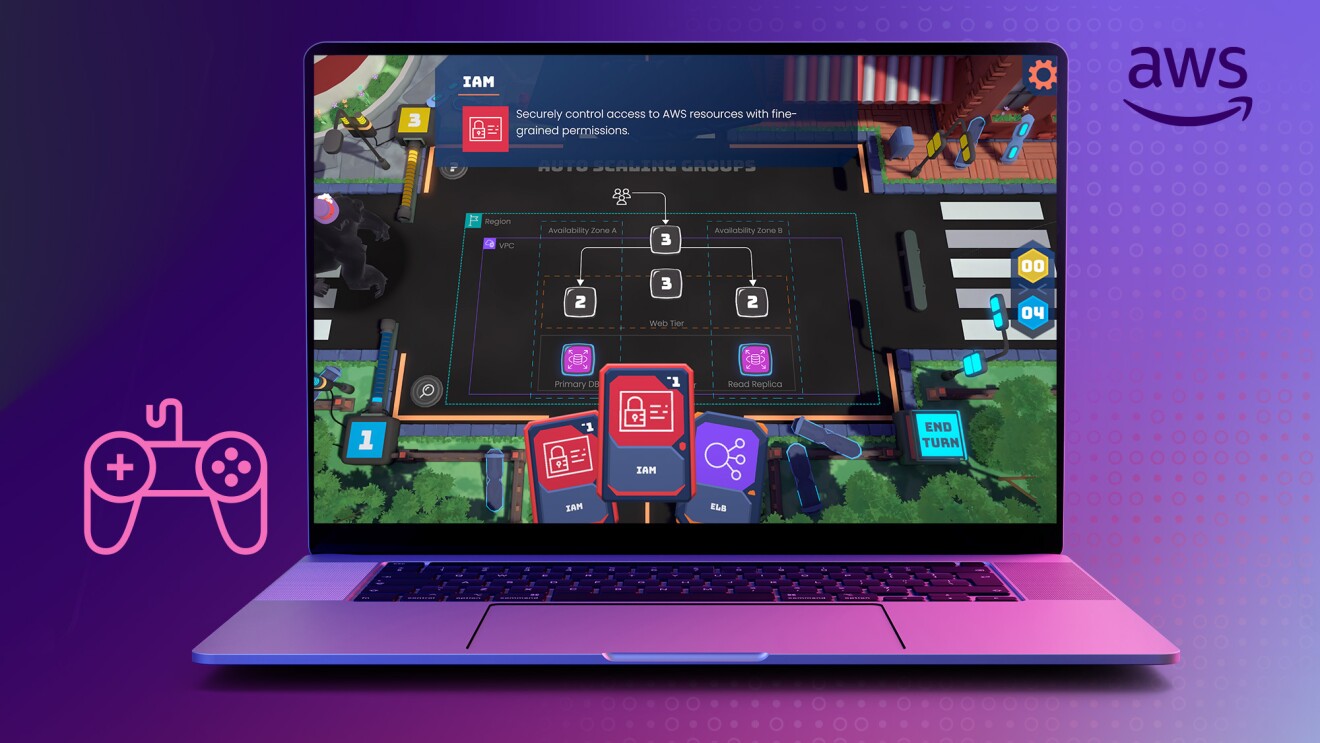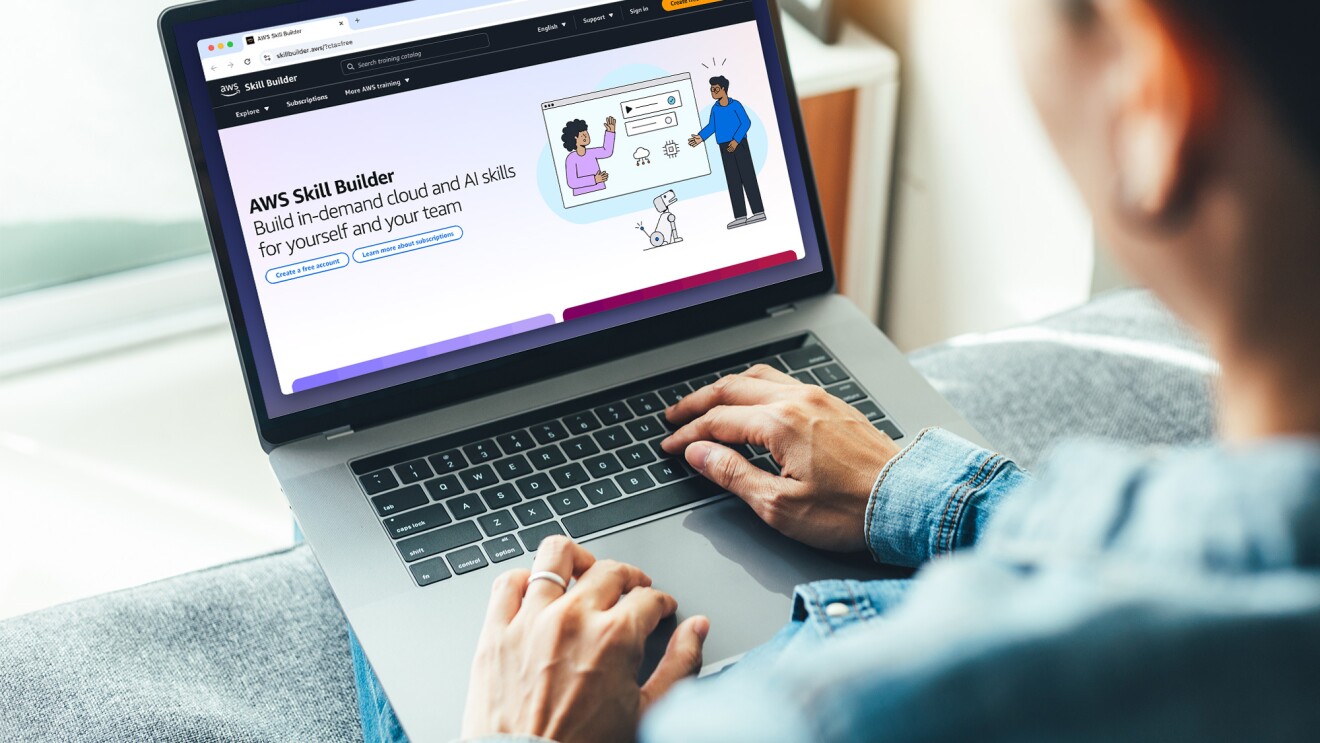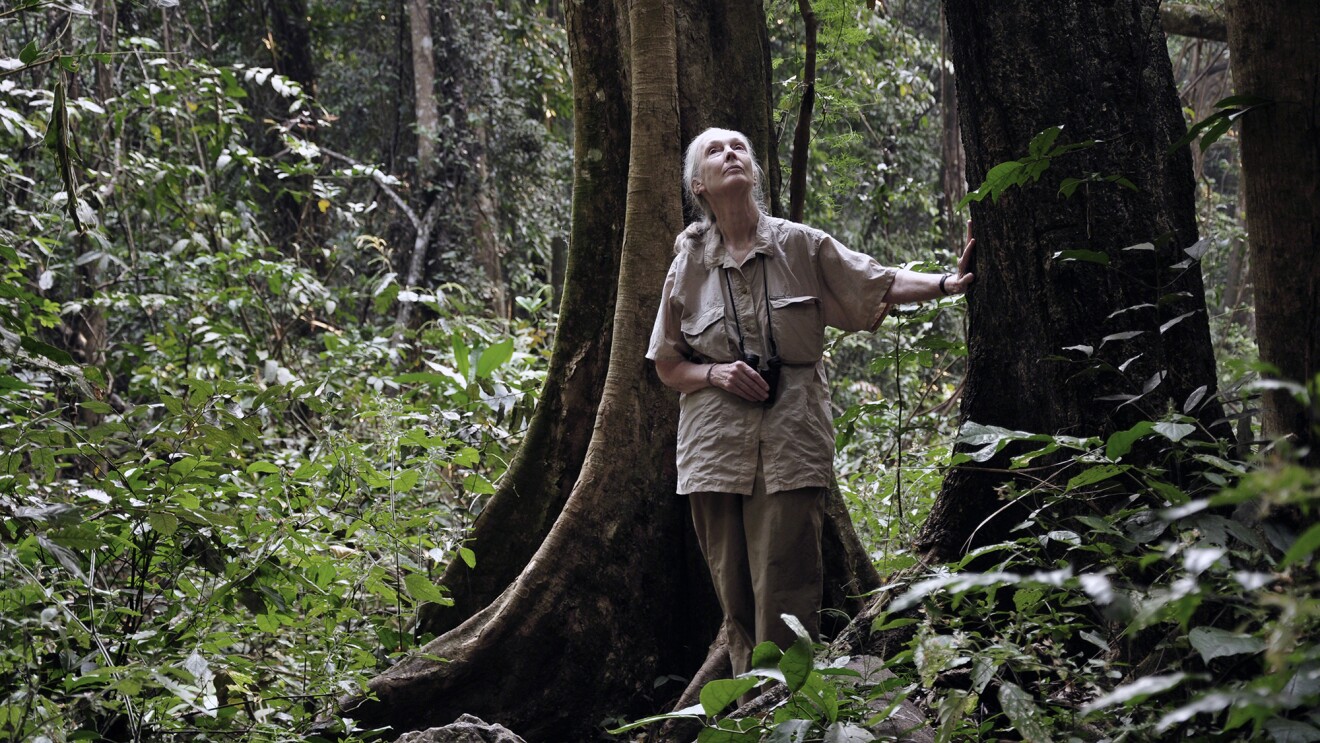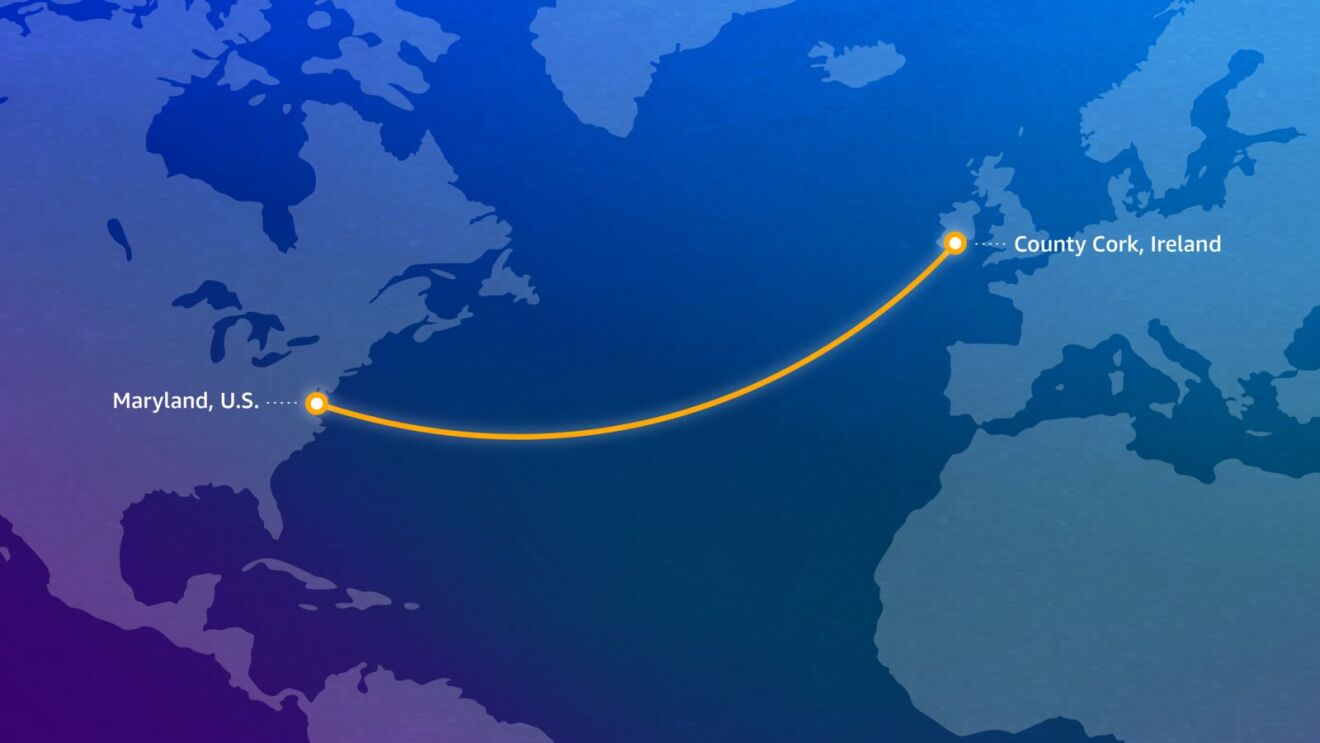Recent high school graduate Quin McClenahen always had a passion for using his hands to build things. But living in a tiny rural town in eastern Oregon, he never expected to apply that to robots.
In April, McClenahen was on an Umatilla High School (UHS) team competing in the FIRST Robotics Competition championships in Houston. Although UHS didn’t win, the students gained substantial knowledge throughout the eight-week FIRST Robotics Competition season, honing various skills while building industrial-sized robots that competed by rolling around an arena arranging cones and blocks in specified configurations.
 Kaidan Blair, senior project manager (left) and Quin McClenahen, maufacturing lead (right), UHS Robotics Team
Kaidan Blair, senior project manager (left) and Quin McClenahen, maufacturing lead (right), UHS Robotics TeamThe program taught students much more than robotics. Each student logged at least 90 hours on their team project, and McClenahen said that the program taught him the importance of planning.
“One of the things you learn with robotics is time management,” said McClenahen. “You can spend one, two, or three weeks on one section of the robot. And if it doesn’t work or you didn’t prototype it well enough, you could end up spending another one, two, or three weeks trying to fix it. You really must put a lot of thought and consideration into everything before you get going.”

Even though Umatilla has fewer than 10,000 residents, UHS has maintained a high-end robotics program for 12 years with support from local businesses such as Amazon Web Services (AWS), which has partnered with the school to provide students with the computers and machinery needed for the robots.
In January, for example, the Umatilla School District and AWS launched a new AWS Think Big Space at UHS aimed at fostering student interest in science, technology, engineering, arts, and math (STEAM) subjects. And recently AWS assisted in the purchase of a computer numerical control (CNC) machine that students, like McClenahen use for manufacturing parts.
“The school would never have been able to afford this on their own,” said Umatilla County Commissioner John Schafer. “It’s an $80,000 machine.”
Educators believe that such investments are well worth it because they enable them to expose young people to technologies and skills that could end up having a significant impact on their personal and professional lives. But more than that, the robotics program also teaches students how to fill their specific roles while collaborating as members of closely knit teams.
 Avery Gutirrez, marketing lead, UHS Robotics Team
Avery Gutirrez, marketing lead, UHS Robotics TeamFor instance, the UHS robotics team appointed Avery Gutierrez, a UHS junior, as a marketing lead. Gutierrez was tasked with handling grant writing, evangelizing the program, chasing down funding, and increasing the team’s name recognition. She even met with U.S. Senator Ron Wyden of Oregon last year in Washington, D.C.
Recent graduate Kaidan Blair was the team’s design lead. Blair, who plans to attend Washington State University in the fall, worked with computer-aided design (CAD) software to help the team decide how one of the robots would look and operate before handing those specifications over to McClenahen’s group for manufacturing and quality control testing. From there, it went to a team for final assembly.
 Kaidan Blair, senior project manager (right), UHS Robotics Team
Kaidan Blair, senior project manager (right), UHS Robotics Team“It was an assembly line like a real manufacturing team would have,” said McClenahen.
Everyone had a role to play on that line, which meant every student had to interact with classmates—even if they weren’t comfortable doing so. That helped some students on the robotics team improve their communication and social skills.
 Nestor Ochoa, scout, UHS Robotics Team
Nestor Ochoa, scout, UHS Robotics TeamGraduate Nestor Ochoa, who helped determine the team’s contest strategy in relation to their robot’s capabilities, said, “The thing about robotics is that I learned a lot about myself and others. My social skills have improved a lot, because I used to not talk to anyone, and since I'm scouting (sussing out the capabilities of an opponent’s or partner’s robot to help develop a competition strategy), I’ve had to start talking to everyone."
Blair, who hopes to apply his robotics education in college and eventually give back to the Umatilla community in some way, agrees that robotics studies can work wonders for a student’s mindset.
“It’s a thing that ties us all together,” said Blair. “In a way, it’s not kids building robots—it’s robots building kids.”

This video and story are part of the new AWS docuseries, Data Centered: Eastern Oregon, which celebrates local community members whose lives are being changed for the better by the cloud—in unexpected ways. Watch the latest episodes in the series.
Learn more about our InCommunities program and AWS-sponsored activities in eastern Oregon and other regions.
Trending news and stories



